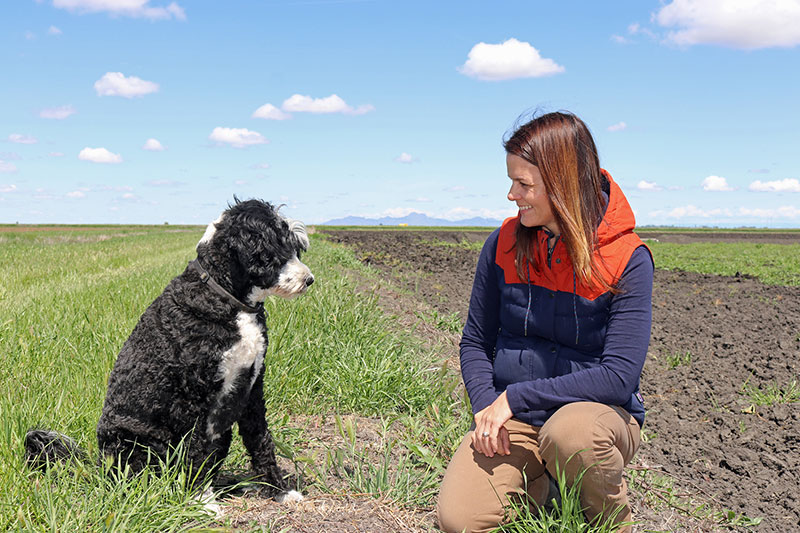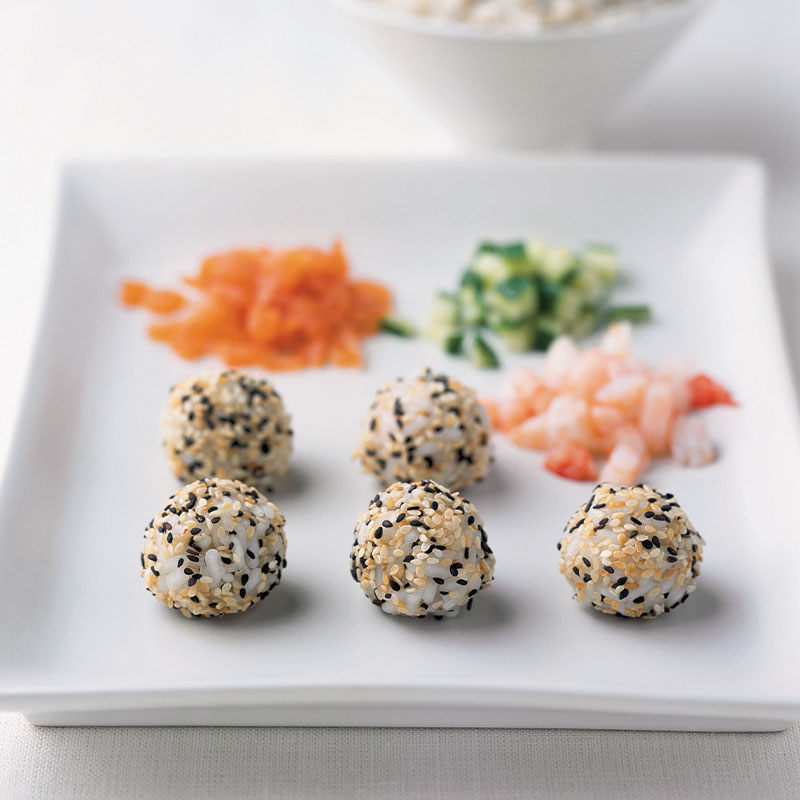
Meet U.S. Rice Farmers

Kim Gallagher
Knights Landing, California
Multi-Generational Farmer
Favorite Rice Dish is Sushi
Kim Gallagher didn’t always envision herself as a farmer. Sure, she grew up on a farm in the Sacramento Valley but, when she was younger, not a lot of daughters were taking over family farms. Kim studied biology in college and became a science teacher, but then her father got sick and she started spending as much time with him as she could – riding around in trucks, checking on the many crops they grow including rice, almonds, wheat, walnuts, and sunflowers. So in 2009 Kim made a career change: “Since my background was science, farming was a fairly easy transition for me and, like teaching, each year is a new opportunity with different variables.”
Mother Nature is inherently variable but the biggest challenge for California rice farmers is the uncertainty of their water supply. Kim says, “From droughts to floods we seem to experience weather in extremes. We try to conserve what we use through water recycling stations for our rice fields to drip irrigation in row crops and orchards. Water is a precious resource and without a reliable source it makes our job even more precarious.”
American rice farmers share the water they’ve got with migratory birds, fish, and other species as flooded rice fields create habitat for animals to feed on throughout the year. Reverting back to her science teacher mode, Kim explains, “New research is showing just how critical the flooded winter rice fields are to not only waterfowl but to hungry young salmon that feast on the microorganisms that live there. As our world continues to grow we need to find ways to feed humans and the environment. Rice farmers are finding a way to meet that challenge.”
Mother Nature is inherently variable but the biggest challenge for California rice farmers is the uncertainty of their water supply. Kim says, “From droughts to floods we seem to experience weather in extremes. We try to conserve what we use through water recycling stations for our rice fields to drip irrigation in row crops and orchards. Water is a precious resource and without a reliable source it makes our job even more precarious.”
American rice farmers share the water they’ve got with migratory birds, fish, and other species as flooded rice fields create habitat for animals to feed on throughout the year. Reverting back to her science teacher mode, Kim explains, “New research is showing just how critical the flooded winter rice fields are to not only waterfowl but to hungry young salmon that feast on the microorganisms that live there. As our world continues to grow we need to find ways to feed humans and the environment. Rice farmers are finding a way to meet that challenge.”


